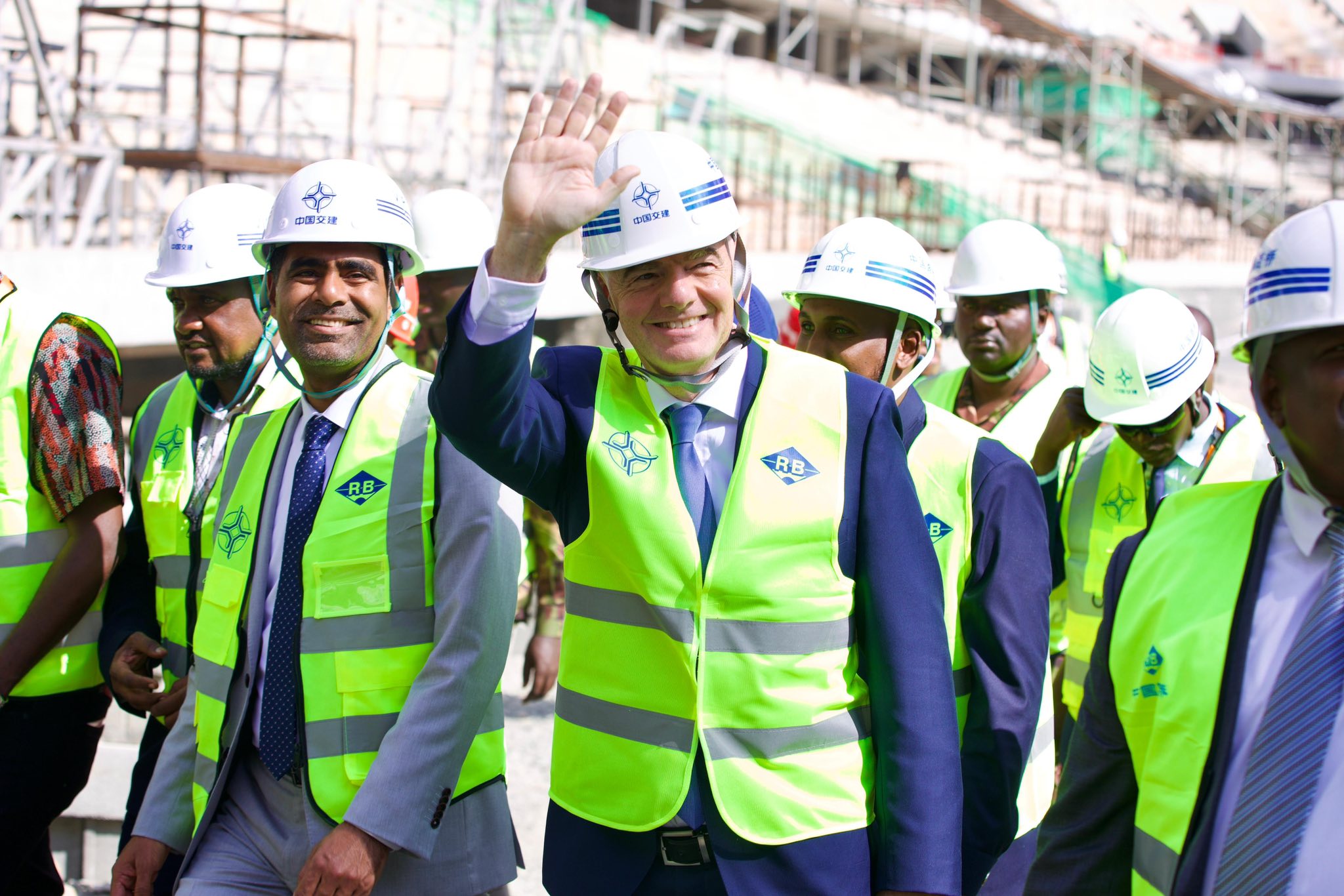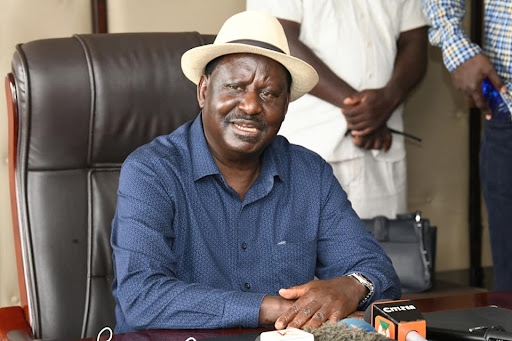 FKF president Hussein Mohamed with Fifa president Gianni Infantino during an inspection tour of Talanta City Stadium/FKF
FKF president Hussein Mohamed with Fifa president Gianni Infantino during an inspection tour of Talanta City Stadium/FKF
The SportPesa League is now four rounds in, but the images from the terraces are troubling.
Sparse crowds, muted atmospheres and yawning rows of empty plastic seats are becoming the norm.
For a competition that once drew thousands, this decline in attendance is not merely a cosmetic issue.
It points to a deeper malaise in Kenyan football — one that the Football Kenya Federation (FKF) and its stakeholders can no longer afford to ignore.
The most obvious deterrent for supporters is safety. Stadium violence and poor crowd control have stained the reputation of domestic football.
Parents think twice before taking their children to matches; many casual fans prefer to stay away altogether.
A football ground should be a place of joy and collective release, not of risk. Unless FKF and clubs treat security as a non-negotiable priority, trust will continue to erode.
Then there is the matter of infrastructure. Too many of Kenya’s football arenas are crumbling. Cracked terraces, inadequate washrooms, and poorly maintained pitches do not make for an inviting day out.
Supporters know that in the time it takes to queue at a broken turnstile, they could be at home watching a slick English Premier League broadcast.
The contrast is unforgiving. Investment in basic facilities is not a luxury; it is a necessity if Kenyan football is to compete for attention.
The timing of fixtures does little to help. Midweek games kicking off in the early afternoon effectively shut out working fans and students.
It is little surprise that such matches are sparsely attended. Evening and weekend slots, when supporters are free, should be the default.
A calendar that works with fans rather than against them is essential. The Kenyan Premier League also suffers from a striking lack of promotion.
Fixtures are announced late, match build-up is minimal, and rivalries go undersold. In the digital age, where anticipation is built as much online as on the ground, this is a missed opportunity.
Clubs and FKF need to tell better stories: about players, about derbies, about what is at stake. Football is drama, but only if people know the script.
Ticketing remains another barrier. Prices often feel disconnected from the quality of the product, while buying a ticket can be a cumbersome affair.
A move towards affordable, digital ticketing—linked to mobile money platforms that Kenyans already use daily—could make attendance more attractive and accessible.
Of course, no amount of marketing can disguise poor football. Supporters are increasingly attuned to quality, and many compare local matches with the seamless coverage of European leagues.
Erratic officiating, questionable fitness levels, and one-dimensional tactics do little to inspire loyalty. Investment in coaching, refereeing standards, and player development is critical.
Without a genuine improvement in the football itself, efforts to woo fans will be cosmetic at best.
Paradoxically, what keeps many Kenyans connected to football is not the stadium but the screen. Yet domestic football has lagged in embracing broadcasting and social media. Highlights are patchy, streams unreliable, and official accounts underwhelming.
If KPL is to win back the younger demographic, it must occupy the digital spaces where fans already live.
Visibility breeds relevance; invisibility hastens decline. Finally, the culture around Kenyan football needs revitalising.
Matchday should feel like a communal festival: music, colour, children’s activities, merchandise stalls, and genuine hospitality.
Too often, attending a game is reduced to a barebones affair. The world’s most successful football leagues are not simply about goals; they are about the spectacle and the ritual. Kenyan football can, and must, learn from this.
Empty stands are not only a financial headache. They are an indictment of how far the sport has drifted from its community roots.
Restoring that connection requires more than a cosmetic facelift. It calls for joined-up thinking between FKF, clubs, sponsors, county governments, and supporters themselves. Kenyan football has known better days.
The question now is whether it can rediscover them. Unless bold steps are taken to address safety, infrastructure, scheduling, marketing, quality, and culture, the silence of half-empty terraces will continue to echo louder than the referee’s whistle.












